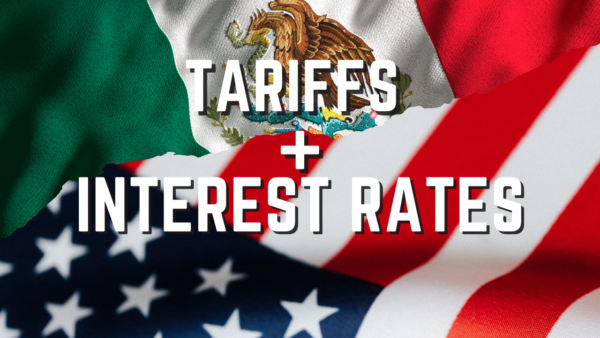The unwinding of unusual price increases in 2022 and its impact on the Federal Reserve.
Inflation slowed significantly from the first half of 2022 to the second half. This applies to both price inflation and wage inflation. This represents good news for the Federal Reserve, reducing the pressure to raise interest rates. However, a close look at the data suggests that some of what happened was simply an unwinding of unusual price increases in the first half. In some cases, this unwinding process appears to have mostly played itself out. This raises the possibility that inflation will remain stubbornly above the Federal Reserve’s goals.
No item in the Consumer Price Index (CPI) better illustrates the dichotomy between the first and second half of 2022 than airfares. These rose at an annualized rate of 143% in the first half but then dropped at 32% in the second half. Interestingly, after that wild ride, the airfares in the CPI finished 2022 at a level quite close to their pre-COVID level. Of course, some of the contrast between the first and second half reflects the ups and downs of the cost of jet fuel, which soared after Russia invaded Ukraine but reversed course in the second half. Barring another energy price shock, it is likely that airfares will be far more stable in 2023. If so, airfares will not have anything nearly as large a disinflationary effect on the overall CPI as they did in the second half of last year.
Less dramatically, used car prices have also exhibited some large swings in recent years, culminating in a sharp 17% annualized rate of decline in the second half of 2022. As with airfares, such declines are unlikely to carry over into 2023. Indeed, private sector data on used car prices (which led the CPI data by a month or two) have been firming since November.
In contrast to these developments, the shelter component of the CPI accelerated from 6.3% annualized in the first half to 8.7% in the second half. This component of the CPI is often slow to capture shifts in rents. Eventually, it does, and the private sector data already indicate reduced rental inflation. The key question for the Federal Reserve is what this means going forward. It is likely that the shelter component of the CPI will turn down, perhaps dramatically, in 2023. However, the non-shelter components (such as airfares and used cars) are unlikely to replicate the favorable results in the second half. Energy prices are also unlikely to continue dropping as fast as they did in the second half.
Wage inflation showed a similar pattern in 2022. The Bureau of Labor Statistics Employment Cost Index (ECI) for private sector workers rose at an annualized rate of 5.9% in the first half before slowing to 4.3% in the second half. Some of this deceleration was due to lower bonus payments for sales and other workers who receive compensation in the form of bonuses. The slowdown to 4.3% in the second half leaves wage inflation substantially higher than the pre-COVID trend (the ECI averaged increases of 2.9% in 2018 and 2019.).
In light of the effects that unusually large swings in energy prices and related items such as airfares had on the slowing of consumer prices last year and similar effects of bonus payments on the Employment Cost Index, there is a likelihood that the second half data on wage and price inflation overstate the amount of progress that has been made. The Federal Reserve needs to take some time to assess this possibility. It has already slowed the pace of increases in interest rates and could well pause for several months later this year. This would give it the time to assess how much progress has been made against inflation.
By the end of this year, it will have a much better idea of whether more needs to be done. Labor markets remain exceptionally tight, and, barring a recession, will remain so in 2023. The ECI data show that wage inflation (even with the improvement in the second half of 2022) remains well above pre-COVID levels. These considerations point to a significant risk that, toward the end of this year, the Fed will have to resume tightening monetary policy after pausing to assess the situation.
_________________________
To become a subscriber, visit www.thecannatareport.com/register or contact cjcannata@cannatareport.com directly. Bulk subscription rates are also available upon request and included in our media kit.





